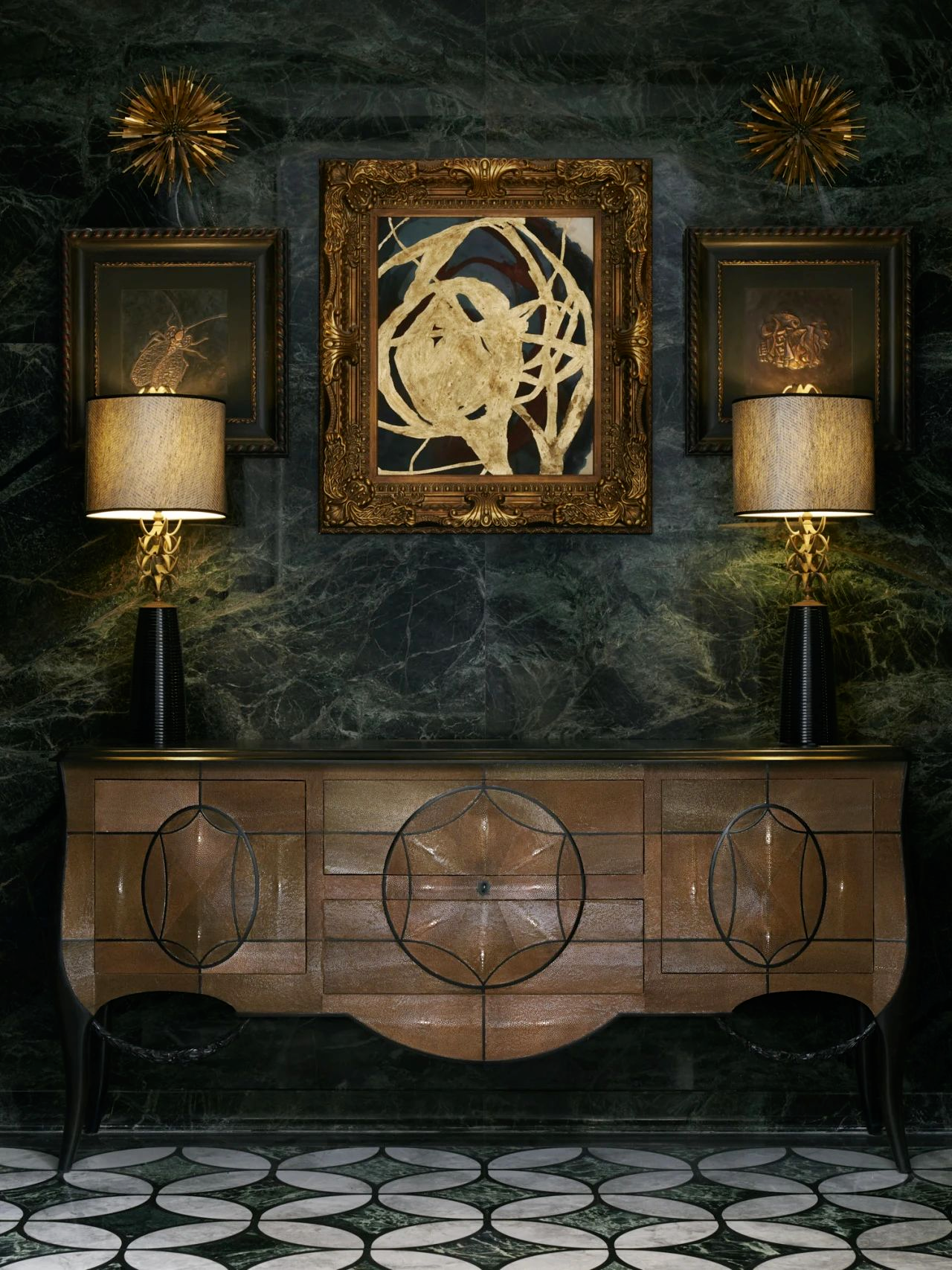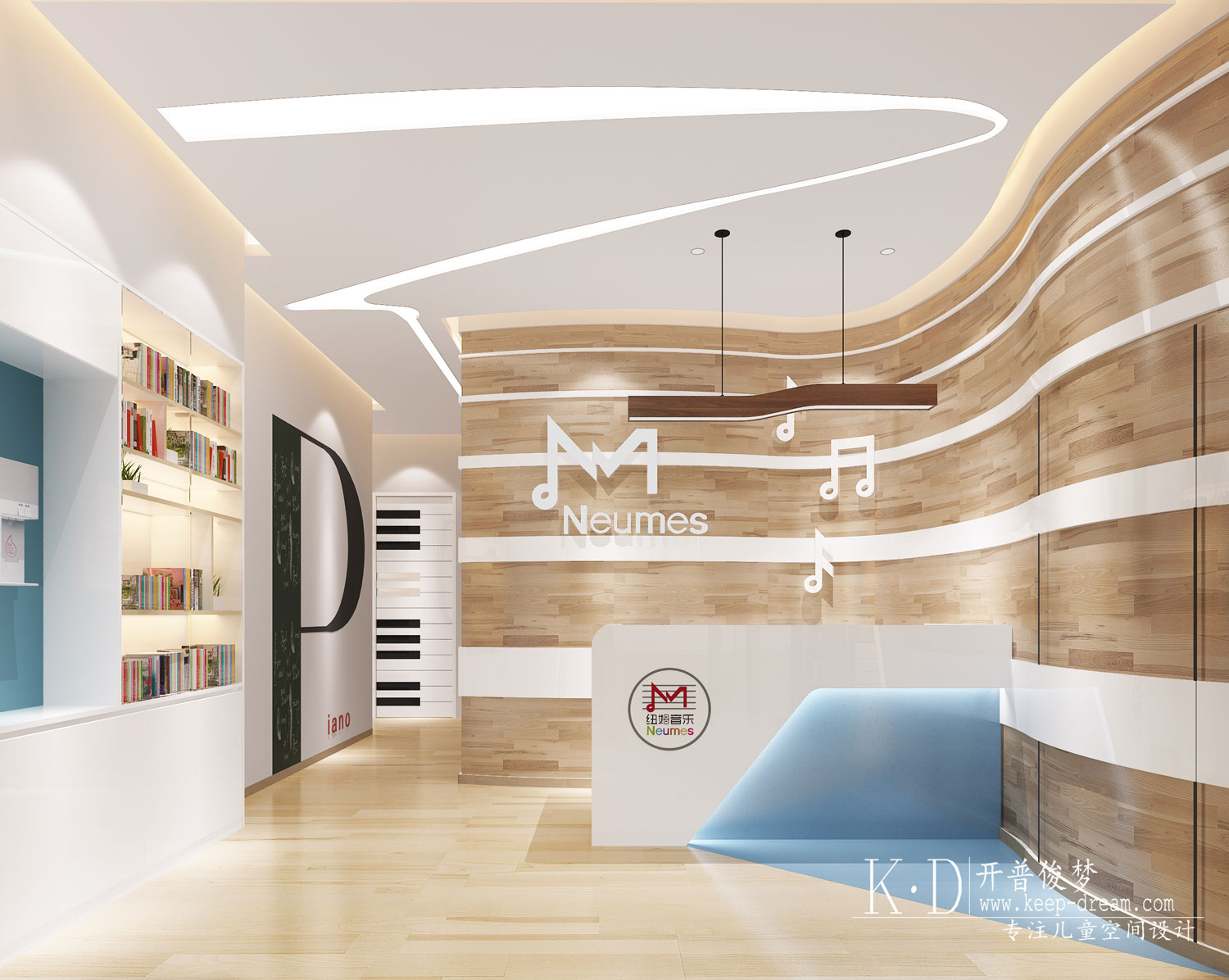King Abdullah Petroleum Studies and Research Centre Zaha Hadid Architects
2017-10-25 09:10
架构师提供的文本描述。KAPSARC(国王阿卜杜拉石油研究中心)是一个非营利性机构,对有助于最有效地利用能源以提供全球社会福利的政策进行独立研究。
Text description provided by the architects. KAPSARC (King Abdullah Petroleum Studies and Research Centre) is a non-profit institution for independent research into policies that contribute to the most effective use of energy to provide social wellbeing across the globe.
KAPSARC制定政策和经济框架,减少能源供应的环境影响和总体成本,并使以技术为基础的实用解决方案能够更有效地利用能源。
KAPSARC develops policies and economic frameworks that reduce the environmental impact and overall costs of energy supply and enable practical technology-based solutions to use energy more efficiently.
亚太农研中心与国际研究中心、公共政策组织、全球政府机构和全球工业界合作,汇集了来自世界各地的主要专家,以应对能源挑战;自由分享其知识、见解和分析框架。
Collaborating with international research centres, public policy organisations, worldwide government institutions and global industry, KAPSARC brings together leading experts from around the world to tackle energy challenges; freely sharing its knowledge, insights and analytical frameworks.
Drawing © Zaha Hadid Architects
70,000平方米的KAPSARC校园由五座建筑组成:能源知识中心;能源计算机中心;一个会议中心,有展厅和300个座位的礼堂;一个研究图书馆,有10万卷档案;以及Musalla,校园内一个鼓舞人心的祈祷场所。
The 70,000m² KAPSARC campus incorporates five buildings: the Energy Knowledge Centre; the Energy Computer Centre; a Conference Centre with exhibition hall and 300-seat auditorium; a Research Library with archives for 100,000 volumes; and the Musalla, an inspirational place for prayer within the campus.
KAPSARC的设计以坚实的技术和环境考虑为核心,将校园的五个要素统一为一个整体。CHA的第一个项目被美国绿色建筑委员会授予LEED白金认证,该中心是根据利雅得高原的环境条件设计的,目的是最大限度地减少能源和资源消耗。
KAPSARC’s design has solid technical and environmental considerations at its heart, drawing the five elements of the campus into a unified whole. ZHA’s first project to be awarded LEED Platinum certification by the US Green Building Council, the centre is designed in response to the environmental conditions of the Riyadh Plateau to minimise energy and resource consumption.
该设计的主要组织策略是一个单元式的、部分模块化的系统,它将不同的部门建筑整合为一个整体,与公共空间相互连接。
The primary organising strategy of the design is a cellular, partially modular system that integrates different departmental buildings as a single ensemble with interconnecting public spaces.
六角棱镜蜂窝结构使用最少的材料在给定的体积内创建一个单元格。这一结构和组织原则决定了KAPSARC的组成,它是从沙漠景观中出现的结晶形式的融合,演变成对环境条件和内部方案要求的最佳反应。作为向西延伸的天然干旱区,蜂窝网格被压缩到其中轴线。
Hexagonal prismatic honeycomb structures use the least material to create a lattice of cells within a given volume. This structural and organisational principle determined KAPSARC’s composition as an amalgamation of crystalline forms that emerges from the desert landscape, evolving to best respond to the environmental conditions and internal programme requirements. The honeycomb grid is compressed towards its central axis as an extension of the natural wadi that runs to the west.
研究中心本质上是一个前瞻性的机构,而KAPSARC的架构也着眼于未来,它的正式组成可以扩展或调整,而不会损害该中心的视觉特征。
A research centre is by its very nature a forward-looking institution and KAPSARC’s architecture also looks to the future with a formal composition that can be expanded or adapted without compromising the centre’s visual character.
模块化设计产生了一致的组织、空间和结构战略,驱动着计划的所有要素。与只有四个边的矩形单元相比,六角形单元的六个边也提供了更大的机会来增加连通性。
The modular design generates consistent organisational, spatial and structural strategies that drive all elements of the plan. The six sides of the hexagonal cells also offer greater opportunities for increased connectivity when compared to rectangular cells with only four sides.
KAPSARC的五座建筑在大小和组织结构上有所不同,以最适合它们的使用。每一栋建筑都被划分为其组成部分功能,并可根据需求或工作方法的变化进行调整。通过扩展KAPSARC的蜂窝网格,可以很容易地引入更多的细胞,以便将来扩展研究校园。
KAPSARC’s five buildings differ in size and organisation to best suit their use. Each building is divided into its component functions and can be adapted to respond to changes in requirements or working methods. Additional cells can readily be introduced by extending KAPSARC’s honeycomb grid for future expansion of the research campus.
KAPSARC建筑的具体布置和形式有助于减轻利雅得高原的强光和高温。
The specific arrangement and form of KAPSARC’s buildings contribute to softening the strong light and heat of the Riyadh Plateau.
校园的建筑围绕着一个巨大的公共庭院,树冠由精心制作的钢柱组成的森林支撑着。KAPSARC校园向北和西开放,为南方严酷的阳光提供坚实的保护外壳;在温和的几个月里,鼓励北方盛行的风来冷却庭院,并促进与未来校园向北扩展的联系,以及与研究人员向西的居住社区建立联系。
The buildings of the campus surround a large public courtyard shaded by canopies supported from a forest of crafted steel columns. Presenting a solid, protecting shell to the harsh sunlight from the south, the KAPSARC campus opens to north and west; encouraging prevailing winds from the north to cool the courtyard during temperate months and facilitating connections with any future expansion of the campus to the north, as well as creating connections with the researcher’s residential community to the west.
作为行人的特权,校园内的每一栋建筑都是通过这个中央公共庭院进入的,这也是一个会议空间,也是温带季节建筑之间的纽带。在一年中最热的时候,一条地下线路还连接着校园的主要建筑,供人们使用。
Privileging the pedestrian, each of the buildings within the campus is entered through this central public courtyard that also serves as a meeting space and link between buildings during temperate seasons. An underground link also connects the main buildings on the campus for use at the hottest times of the year.
KAPSARC的建筑内部漏洞百出,它的外壳很坚固,可以遮挡极端的天气。特定的六角形细胞在每座建筑内的战略位置是开放的,以创建一系列的遮蔽庭院,将柔和控制的日光带入室内。
With its strong, protective shell on the exterior that shields from the extremes in weather, KAPSARC’s architecture is porous within. Specific hexagonal cells strategically located within each building are left open to create a series of sheltered courtyards that bring softly-controlled daylight into the interior.
在太阳和风条件下,棱柱建筑单元的结晶形态向南、西、东增加高度,以屏蔽内部空间不受直接阳光照射,而内部庭院则向北和西北方向,将间接阳光带入下面的空间。
Orientated for the sun and wind conditions, the crystalline forms of the prismatic architectural cells gain in height towards the south, west, and east to shield internal spaces from direct sunlight, while the courtyards within are oriented to the north and northwest to bring indirect sunlight into the spaces below.
“捕风器”整合在每个庭院南侧的屋顶轮廓中,捕捉来自北方的盛行风,为每个庭院降温。
‘Wind-catchers’ integrated within the roof profiles on the southern sides of each courtyard catch the prevailing winds from the north, cooling each courtyard.
KAPSARC的架构提高了透明度,并鼓励研究人员和访问者之间的积极交流。通过策略性地设置地板,整个中心产生了空间分层效应,以提供对上下楼层的看法;在公共区域的楼层间提供透明度,作为集体区域,供研究人员非正式会面和交流意见。要求隐私的安全区域和房间位于每栋楼的区域内,其中地板重叠。
KAPSARC’s architecture promotes transparency and encourages an active exchange between researchers and visitors. By strategically off-setting floorplates, spatial layering effects are created throughout the centre to provide views to the floors above and below; offering transparency between floors in public areas designed as collective zones for researchers to meet informally and exchange ideas. Secure areas and rooms requiring privacy are located within areas of each building where floorplates overlap.
KAPSARC通过应用被动式和主动解决方案,获得了美国绿色建筑委员会(USGBC)颁发的LEED白金认证,其中包括:
KAPSARC was awarded LEED Platinum certification from the United States Green Building Council (USGBC) through its application of passive and active solutions including:
能源性能下降了45%(与ASHRAE基线标准相比),这是通过KAPSARC的建筑聚集和定位、外观优化、系统选择和位于南面会议中心屋顶上的太阳能光伏阵列实现的,其容量为5,000 MWh/年。所有KAPSARC的饮用水都是在现场回收和再利用的,100%的灌溉用水来自非饮用水来源。KAPSARC 40%的建筑材料来源于500英里以内,30%的材料是由回收材料制成的。98%的木材经森林管理委员会(FSC)认证。4,000吨废物从填埋场分离和转移。
A 45% reduction in energy performance (compared to the ASHRAE baseline standards) achived via KAPSARC’s building massing and orientation, façade optimisation, system selection and the solar PV array located on the roof of the south-facing Conference Centre with a capacity of 5,000MWh/year. All KAPSARC’s potable water is recycled and reused on site and 100% of irrigation water is from non-potable sources. 40% of KAPSARC’s construction materials have been sourced from within 500 miles, and 30% of materials made with recycled content. 98% of all wood certified by the Forest Stewardship Council (FSC). 4,000 tonnes of waste separated and diverted from landfill.
在霍尼韦尔智能建筑奖项目中,KAPSARC还被评为沙特阿拉伯“最聪明”的建筑。根据包括环境可持续性、安全和生产力在内的标准,科研中心在所有三个类别中都获得了优异的分数。
KAPSARC has also been named Saudi Arabia’s ‘smartest’ building in the Honeywell Smart Building Awards programme. Based on criteria that include environmental sustainability, safety and productivity, KAPSARC received outstanding scores across all three categories.
Architects Zaha Hadid Architects
Location University Road, Riyadh, Saudi Arabia
Architectural Design Zaha Hadid, Patrik Schumacher
Project Directors Lars Teichmann, Charles Walker
Design Director DaeWha Kang
Photographs Hufton + Crow
 举报
举报
别默默的看了,快登录帮我评论一下吧!:)
注册
登录
更多评论
相关文章
-

描边风设计中,最容易犯的8种问题分析
2018年走过了四分之一,LOGO设计趋势也清晰了LOGO设计
-

描边风设计中,最容易犯的8种问题分析
2018年走过了四分之一,LOGO设计趋势也清晰了LOGO设计
-

描边风设计中,最容易犯的8种问题分析
2018年走过了四分之一,LOGO设计趋势也清晰了LOGO设计


































































































